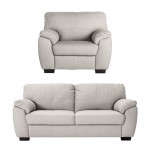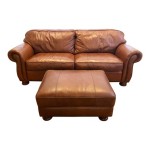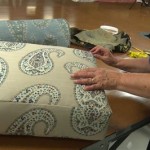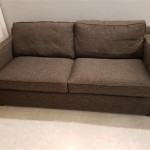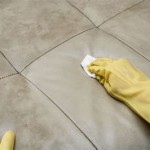Essential Aspects of Seat Cushion Foam for Sofa
Creating a comfortable and supportive sofa experience requires careful consideration of seat cushion foam. Selecting the right foam can enhance the overall quality and longevity of your furniture, ensuring optimal comfort and relaxation. This article explores the crucial aspects of seat cushion foam for sofas, guiding you towards making informed decisions for your seating needs.
Density and Firmness:
Foam density refers to its weight per cubic foot, directly influencing the firmness of the cushion. Higher density foams provide firmer support, while lower density foams offer a softer, more plush feel. Firmness levels vary from extra soft to extra firm, catering to different preferences and body types. Consider your personal comfort level and the intended use of the sofa when choosing the appropriate firmness.
Resilience and Durability:
Resilience measures the ability of foam to return to its original shape after compression. High-resilience foams resist permanent deformation, ensuring long-lasting support and comfort. Durability refers to the foam's resistance to wear and tear over time. Look for foams with high resilience and durability ratings to maintain the quality of your cushions.
Material and Comfort:
Seat cushion foams come in various materials, each with unique comfort characteristics. Polyurethane foam is commonly used for its affordability and support, while memory foam molds to your body shape for personalized comfort. Latex foam offers resilience and breathability, making it a popular choice for allergy sufferers. Consider the material that best aligns with your comfort preferences and lifestyle.
Cushion Design:
Cushion design plays a crucial role in overall comfort. Waterfall cushions slope gradually from the seat to the floor, reducing pressure points at the back of the knees. T-shaped cushions provide additional lumbar support for prolonged sitting. Consider the shape and design of the cushions to enhance your seating experience.
Additional Features:
Some seat cushion foams incorporate additional features for enhanced comfort. Gel-infused foams regulate temperature, preventing overheating. Antimicrobial foams inhibit the growth of bacteria and allergens, creating a hygienic seating environment. Consider these additional features when selecting foam for your sofa cushions.
Conclusion:
Choosing the right seat cushion foam for your sofa is essential for creating a comfortable and supportive seating experience. By understanding the key aspects discussed in this article—density, firmness, resilience, durability, material, cushion design, and additional features—you can make informed decisions that meet your specific needs and preferences. Whether you prefer a firm, supportive cushion or a soft, plush one, carefully considering these factors will ensure the optimal comfort and longevity of your sofa.

Replacement Seats And Cushions Foam

The Best Foam To Use For Sofa Cushions Good Better On Seat Reupholstery

4 Secrets To Finding Upholstery Foam A Erfly House

Custom Replacement Sofa Cushions Advanced Upholstery

What Type Of Upholstery Foam Is Used In Couch Cushions Centrepiece Furnishing Custom Made Sofa

4 Secrets To Finding Upholstery Foam A Erfly House

Upholstery Foam Square Seat Cushion Sheets Two Pack

Natural Latex Foam For Upholstery Firmness Density Naturalupholstery Com

White Preferred Moulded Foam Contour Seat And Backrest Cushions For Sofa

The Best Foam To Use For Sofa Cushions Good Better

